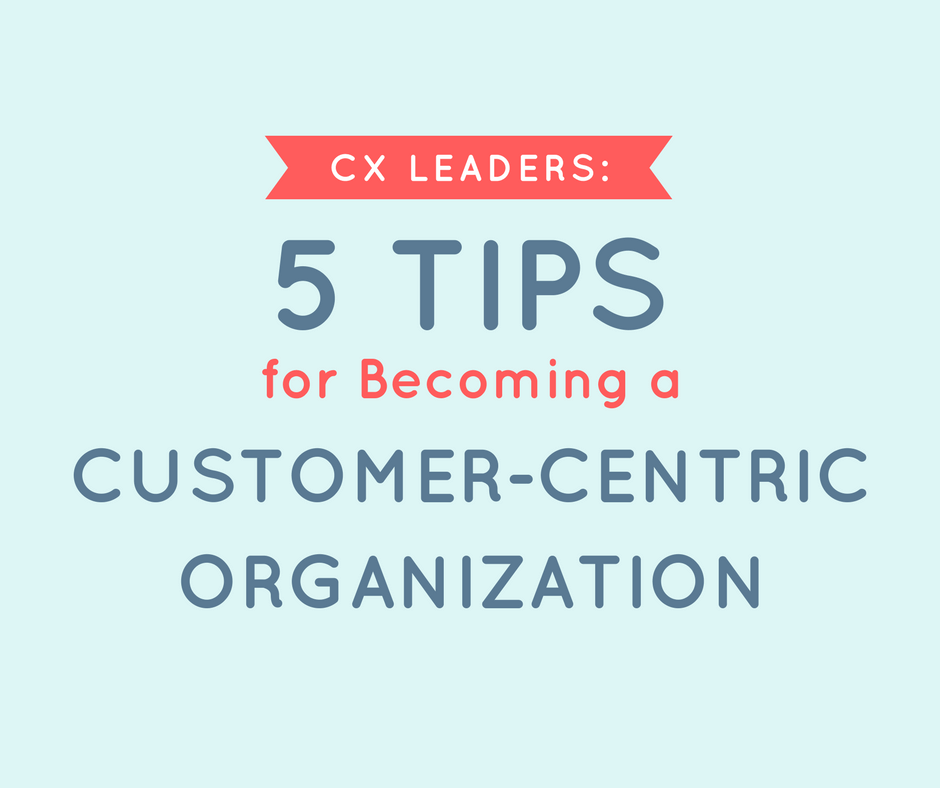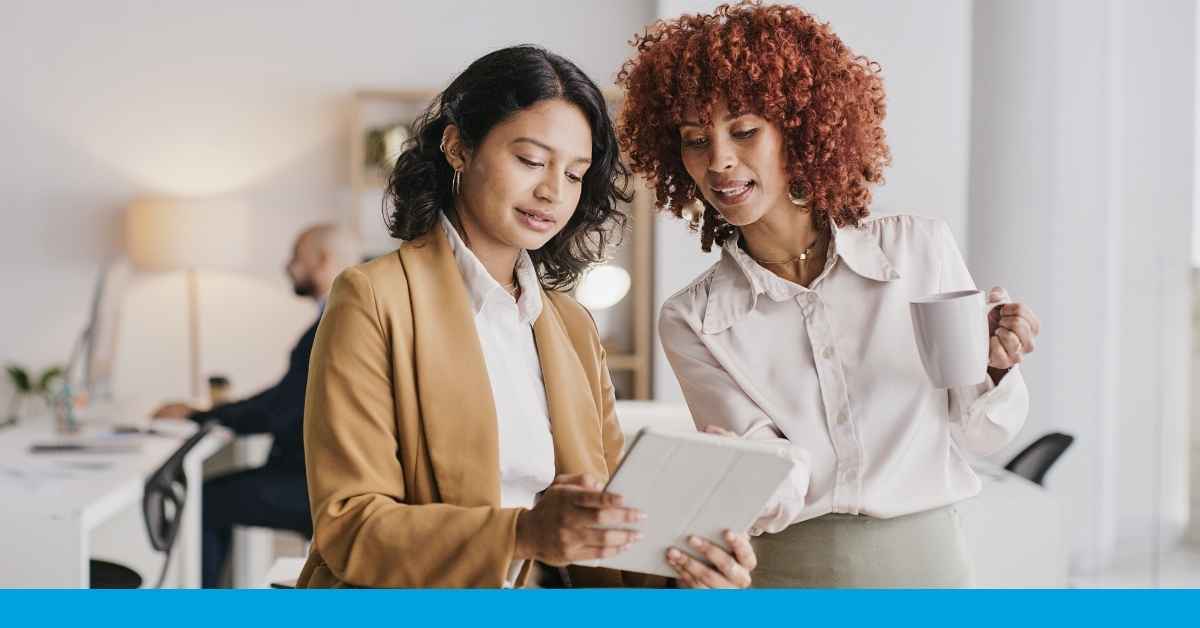5 Critical Fixes to Your CX Measurement Strategy
Let’s get brutally honest. If your CX strategy starts and ends with an NPS score and a quarterly mystery shop, you’re not running a strategy. You’re...

It’s no secret that people are resistant to change - and when it comes to organizational change, their resistance might be even stronger. This is one of the many challenges CX leaders face today as they are tasked with driving their company’s transformation to a customer-centric organization. Add this on top of challenges such as limited data sharing across the business, organizational silos, and teams not being aligned on customer needs... and this quickly becomes an initiative that requires a lot of work.
What is your company’s vision for customer experience? Figure out what it is, put it into specific words and make sure your organization's executives are making decisions that align with the vision so that they are leading by example.
Teams need to see that even the CEO is living by your organization’s new CX focus and values. Have him/her make an announcement to the company that customer-centricity is a corporate initiative, and that it’s something that is definitely happening… no turning back.
While defining a formal CX team might be a new endeavour to some organizations, various players across the organization have been managing customer experience all along; from marketing executives collecting customer satisfaction feedback to operations executives collecting mystery shopping or audit data, to customer service representatives. With all of these teams working in different silos, the benefits of their work and individual CX programs are dispersed. In order to optimize your organization’s ability to improve customer experience you need to define a CX team that consists of all the managers of the various aspects of CX. Once these leaders are coordinating, only then will you be able to achieve the strongest results from your CX programs.
When change is happening, one of the key reasons for resistance is a lack of understanding as to why the change is happening and what it’s impact will be. Designate a CX leader to be the guru in leading the shift in corporate culture and help others have a clear understanding of:
Have your CX guru talk about customer-centricity in orientations and at corporate meetings to reinforce the initiative and keep the momentum going.
Despite having a defined CX team that is responsible for owning and implementing CX programs, no single person or group can implement change alone. That’s why it’s crucial to get everyone on board with and willing to adopt the new way of doing things. To do this, everyone in the organization needs to be aligned on what customer needs and expectations are. CX leaders also need to make sure that every employee in the organization understands how they connect to the customer experience. Often times, people don’t understand that their role impacts customers because they don’t have customer-facing responsibilities.
One of the biggest challenges organizations face when trying to achieve customer-centricity is the lack of shared customer data across the organization. This is a result of organizational silos, which has led to data being collected, stored and managed through various technology platforms. Once you have a CX team in place, adopt a technology that combines data from all of your CX programs in one place. This will provide clearer insights into how your organization is currently meeting your defined brand standards for customer experience, and if those standards are aligned with what your customers expects.

CX leaders face many challenges while trying to drive a shift in corporate culture and transform the business into a customer-centric organization. These five tips are designed to make this initiative a little less daunting and help CX leaders successfully transform the company:

Let’s get brutally honest. If your CX strategy starts and ends with an NPS score and a quarterly mystery shop, you’re not running a strategy. You’re...

In the dynamic, competitive restaurant industry, every customer interaction counts. Whether through efficient drive-thru lanes, user-friendly...

Customer experience (CX) has become a top priority for almost all B2C companies today. Their customers don’t just want high-value, great experiences...